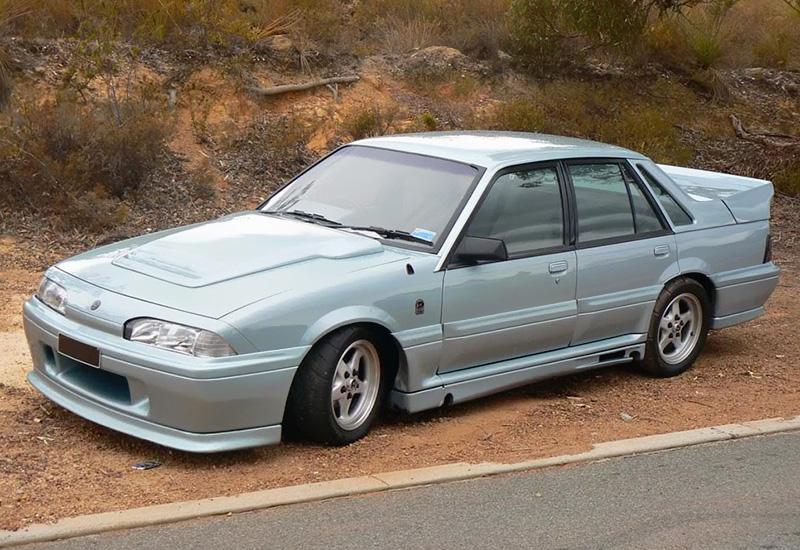
HSV VL Group A SS, Tickford TL50 and other classic Australian cars that are worth a lot of money today but could not be sold on showroom floors before.
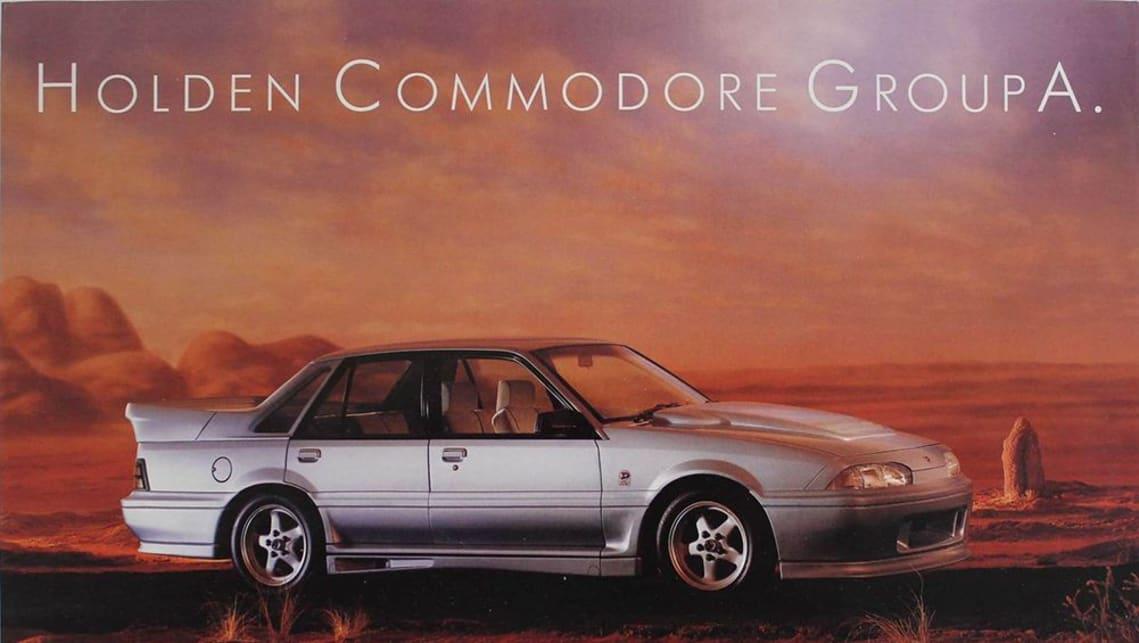
Believe it or not, at one point some Holden dealers found it difficult to sell shares in HSV VL Group A SS.
The recent $1.3 million sale of the Ford Falcon GT-HO Phase III confirms a few things.
First, despite the fact that the market for the legendary Phase III shrank by about 50% a decade ago due to GFC and an overheated market populated by malicious speculators, the car itself has always been, and still is, a 24-carat collector's item.
In fact, with only 300 copies printed and the right to brag about winning at Bathurst in an era when it really meant something to the manufacturer, the GT-HO Phase III has always been a respected model that was guaranteed to be a collector's item.
But this does not apply to all Australian collectible metal. Believe it or not, some of Australia's hottest collectible cars have had a less favorable start right now.
In fact, the old term "you couldn't give it away" applies to several Australian classics that are now selling for a quarter of a million dollars in some cases.
HSV VL Group A SS
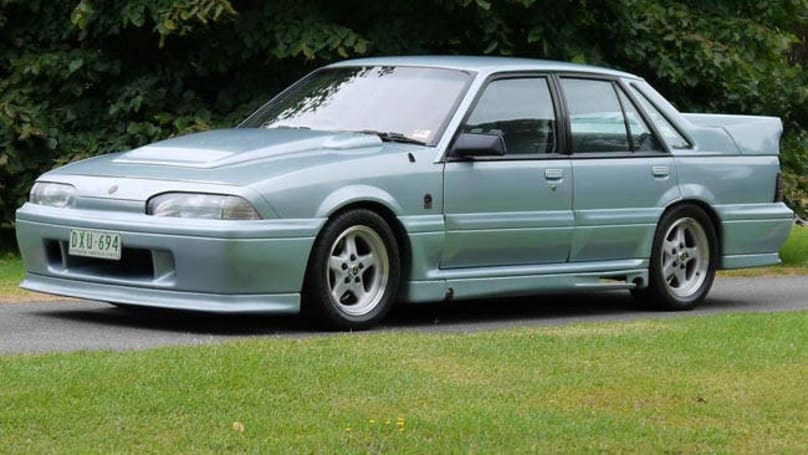 Plastic pig.
Plastic pig.
The posters for this phenomenon should certainly be the very first HSV muscle products, the 1988 SS Group A (aka Walkinshaw). Again, this was at a time when the cars that raced in the annual Bathurst Classic had to be based on stock cars, so owning a road version of a potential Bathurst winner was a big deal.
With its wild body kit that included a huge rear spoiler and a hood scoop with vents, the Walkinshaw was a powerful spectacle. But despite the $45,000 price tag, with this racing heritage, buyers who could see the birth of a piece of Australian motor racing history snapped up the first 500 HSV needed to build to homologate the car for racing purposes. This is really where HSV should have called enough.
But it's not. He got greedy and decided the world needed 250 more Walkinshaws. By that time, of course, the name-calling had already begun, and the car had earned the title "Plastic Pig" for its outrageous appearance. In addition, she had not yet won Bathurst (it only happened in 1990), and her public rating was falling rather quickly.
As a result, the last of those extra 250 cars are stuck in Holden dealerships like pet blue puppies in a pet store window. Nobody needed them, and the $47,000 price tag was already starting to bite. After all, Holden dealers were stripping Group A body kits from cars and trying to sell them as something other than Walkinshaw. There were even rumors that some cars were completely repainted by dealers who were desperate to remove "plastic pig" stains from their showrooms.
Now, of course, everything has turned a full 180 degrees, and Walkinshaw has become one of the most popular collectible tickets in the city. Prices can go up to $250,000 or even $300,000 for really good, original cars. Which leaves one question unanswered: what happened to all those body kits that the dealers took off in their time?
Tickford TE / TS / TL50
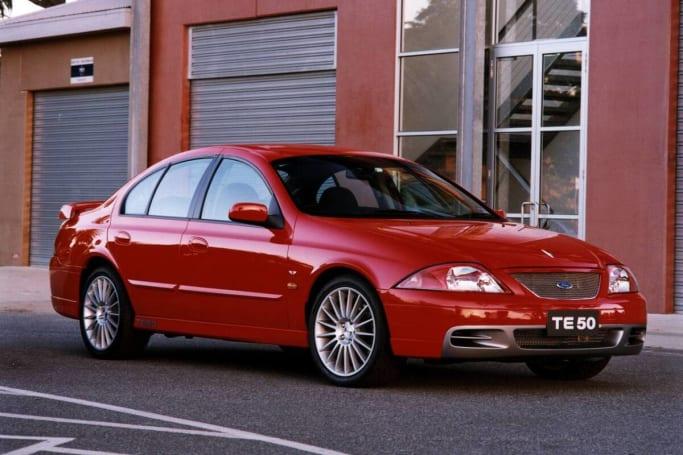 From 1999 to 2002, Tickford had real HSV competitors.
From 1999 to 2002, Tickford had real HSV competitors.
Sometimes an automaker scores a shocking own goal, resulting in an otherwise decent car becoming a quiet luxury. A great example of this was played by Ford's sports division, Tickford.
It was too much for Tickford to stand by and watch the HSV gain momentum and begin to reel in the players for the purse. So, he took the AU Falcon's unloved range and aimed to beat HSV at his own game; build a large five-seat sedan that could tow a boat or cross a continent in one leap. The idea was well-received and was to take a well-equipped version of the AU Falcon and Fairlane and fit it with the biggest engine in the catalog and then tweak it a little more for extra dynamics.
There were no problems with any of this, but Tickford's mistake was marketing. Instead of offering to go toe-to-toe with HSV, Tickford's promotional presentation aimed to offer something more subtle for the person who didn't feel the need to stand out. Which quite neatly defeated the purpose of such cars. Trying to sell a car for its handling and refinement when the beefy HSV was the competitor was a classic case of using a knife in a gunfight.
This approach also further hampered Tickford because it meant it could not use the vastly superior four-headlight front end of the smaller Falcon-based XR range. No, half that would be too lazy. So instead, the TE, TS and TL models got a slightly improved version of the dreaded standard Fairmont interface. The result was a number of cars that did really well but just didn't sell in a market more concerned with quarter mile times. Even a locally developed version of the 5.0-litre V8 with an engine that boosted power to the 5.6-litre HSV rival failed to sway the general public, and the Tickfords sat idle in dealerships for a long time.
Now, of course, there's new love for the Tickford Falcons, combined with the fact that the AU was probably the sweetest platform Ford Australia has ever made. Prices are rising as a result, with a good TE or TS50 now costing around $30,000, with larger-engined Series versions costing more than double that.
Holden and Ford big coupes
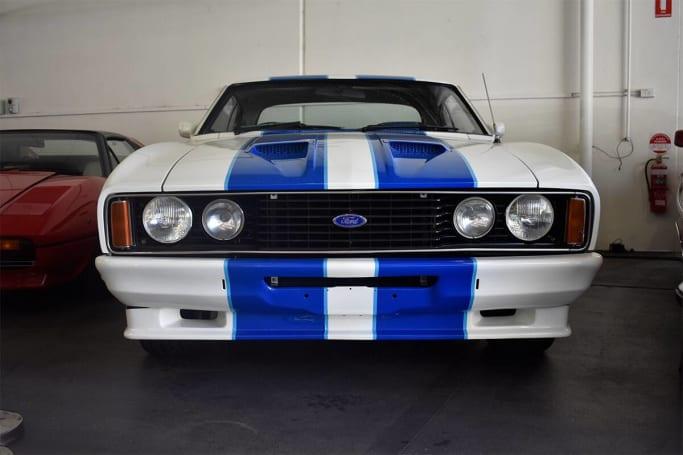 If you can't sell hardtop Falcons, just stick some Cobra stickers on them. (Image credit: Mitchell Talk)
If you can't sell hardtop Falcons, just stick some Cobra stickers on them. (Image credit: Mitchell Talk)
It's the mid-70s and people are leaving the big locally made coupe market en masse. Rising gas prices amid the fuel crisis (which didn't actually happen, but nonetheless...) meant that full-size V8 two-door cars like the Holden Monaro and Ford Falcon Hardtop were off the menu for most people. In fact, by around 1976, Holden's best-selling two-door car was a panel van based in Belmont. In the case of the Holden and Ford coupes, both automakers were left with a stock of two-door bodies with no real hope of turning them into Monaros or GTs.
It was then that the marketing departments got creative. In Holden's case, the solution was a model called the Monaro LE, released in 1976 to absorb the last of these body styles. At the time it was quite a flashy car with gold Polycast wheels, metallic burgundy paint and gold stripes. Inside were acres of velor trim and, oddly enough, an eight-track cartridge vehicle. Mechanically, you get a 5.0-liter V8, a three-speed automatic transmission, and a self-locking differential. The car was also aimed at high targets, and with a price tag of just over $11,000, you could buy a "regular" Monaro GTS and pocket about three thousand change. Eventually, the 580 LE Coupe was produced and sold, and that pretty neatly ended Holden's big two-door aspirations until 2001 when the revived Monaro hit showrooms. They hardly ever show up for sale now, but when they do, you can easily spend $150,000 on the best ones.
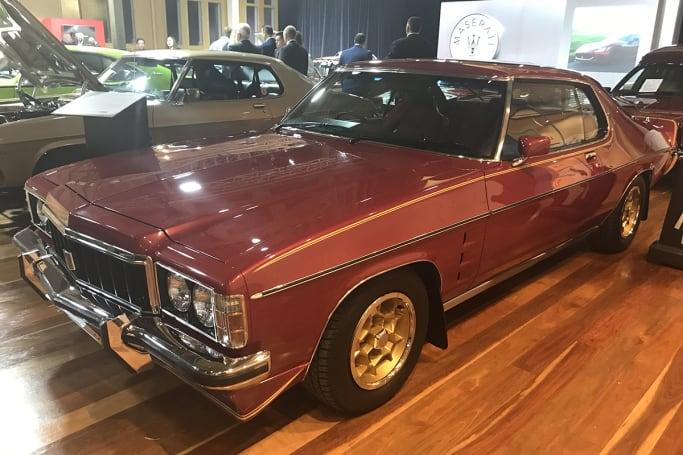 Holden HX Monaro. (Image credit: James Cleary)
Holden HX Monaro. (Image credit: James Cleary)
Meanwhile, Ford had the same problem. At a similar point in history (1978), Ford found 400 Falcon Hardtop bodies lurking around and there was no real way to unload them. Until the decision was made to take a leaf from the North American scenario and create a local version of the Cobra Coupe. It is no coincidence that Edsel Ford II was the managing director of the Ford Oz at the time. The decision would have been even easier if Allan Moffat's Cobra Liver-equipped Group C cars had finished one-two at Bathurst last year.
With a choice of 5.8- or 4.9-liter V8 engines and automatic or manual transmissions, the Cobra Hardtop ended up selling very well, making this a winning strategy in every way. However, it was still a case of lighting a marketing fire under a bunch of cars that used to look like they were loitering around. Even if you go all out on the Bathurst Special version of the Cobra with the biggest V8 engine and four-speed manual transmission, you still only spent $10,110 in 1978. 400,000 $4.9, but even a 12-liter copy with an automatic transmission in excellent condition can cost a quarter of a million. Okay, these prices are in terms of mid-Covid (like others in this story), and it is believed that the market could settle for the next XNUMX months. But even so...
Plymouth Superbard
 Approximately 2000 Superbirds were built.
Approximately 2000 Superbirds were built.
Just to prove that it's not just an Australian thing, the North Americans were also capable of brewing cars that were once ignored but have become downright collectible over time. Like Australian cars, some of the most significant cars have been homologated. Such was the case with the 1970 Plymouth Superbird, which was built solely to win NASCAR races, not set Plymouth showrooms on fire. Similar…
To give the car the stability it needed to run on oval tracks at speeds up to 320 km/h, the Superbird was based on the Plymouth Road Runner but added a huge wedge-shaped nose and a giant rear wing that was taller than the Plymouth Road Runner. roof. Overall, the nose alone added only 50 cm to the overall length. Combined with the hidden headlights (again, in the name of aerodynamics), the look was, uh, striking. It seemed too impressive to buyers in the US, and although only about 2000 cars were built, some of them were still stuck in dealers until 1972.
In the process of getting rid of them, many dealers removed the rear fender or even completely converted it back to Road Runner spec. Which seems even more incredible now, since it was the Superbird's outrageous personality that turned it from a brand new $4300 offering to a $300,000 or $400,000 collector's car today. Oh, banning NASCAR for being just too fast didn't hurt Bird stock either...